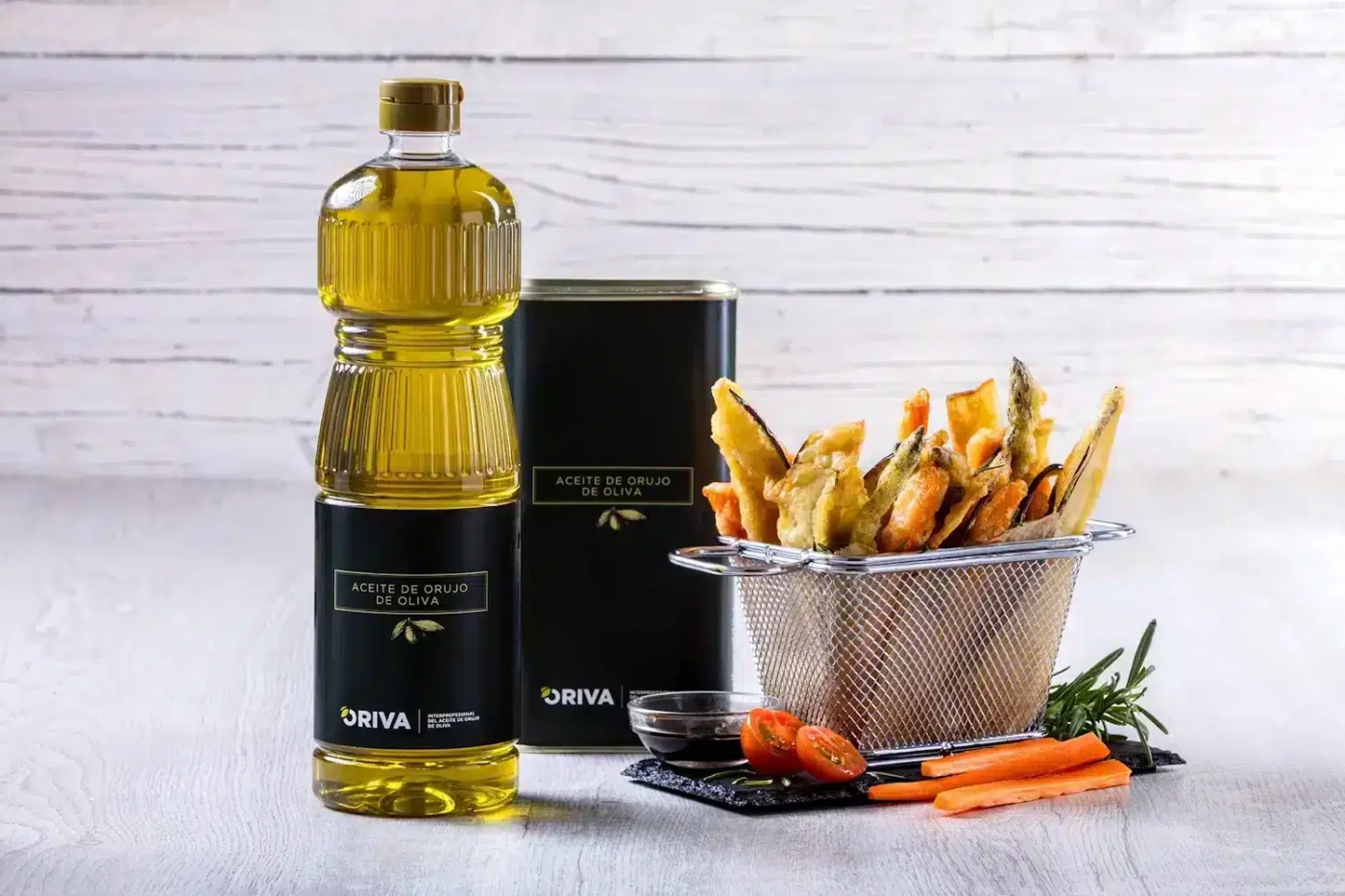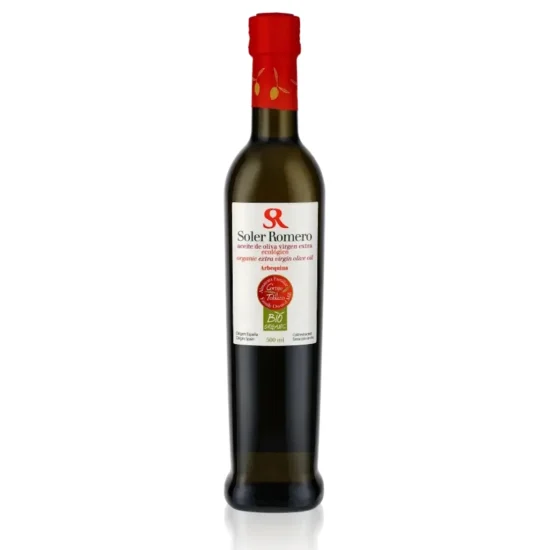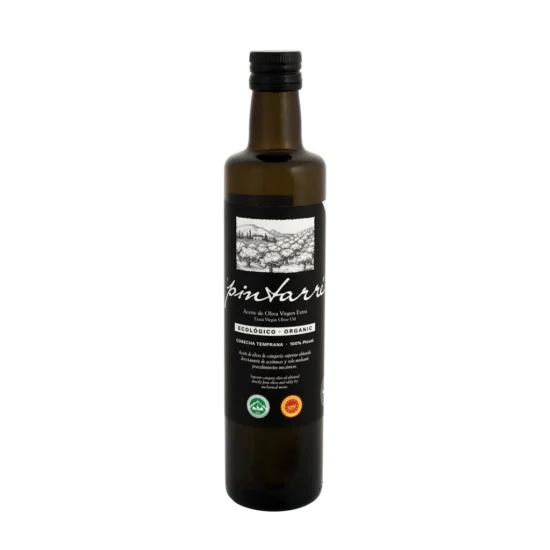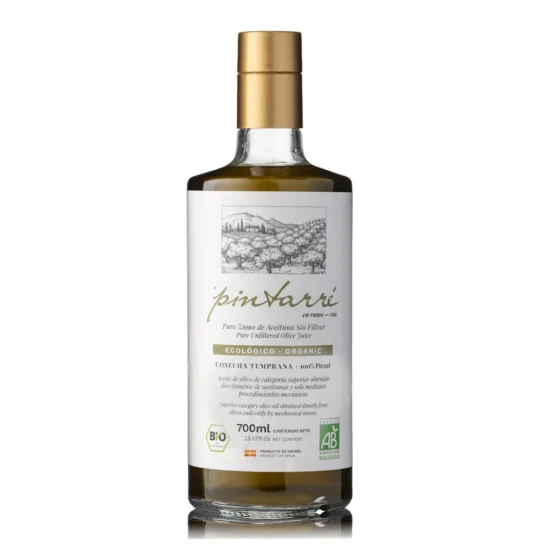
Olive pomace oil is a gift of nature and human innovation, a high-quality oil that comes from the complete utilization of the olive. After producing virgin olive oil, a residue called pomace remains, composed of skin, pulp, pits, and a small amount of oil. Thanks to cutting-edge technologies and a sustainable approach, this residual oil is extracted and transformed into a product with an exceptional nutritional profile and surprising culinary versatility.
The process begins with the extraction of the oil from the pomace using environmentally friendly techniques, contributing to the circular economy and zero waste. It is then refined to remove impurities and ensure its purity, resulting in a refined pomace oil with a smooth, neutral flavor. Finally, it is enriched with a small proportion of virgin or extra virgin olive oil, which gives it a delicate aroma and fruity flavor.
The differences between olive oil and pomace oil are numerous. Olive oil has been extracted solely through physical-mechanical processes; it is simply “olive juice.” Depending on the quality and cleanliness of the process, you can obtain virgin olive oil (acidity < 2 degrees) or even extra virgin olive oil (acidity < 0.8 degrees).
On the other hand, pomace oil is obtained through physical-chemical processes from the residues left behind by its cousin, olive oil. It is an oil that has lost its polyphenols and vitamins along the way, but maintains the same healthy profile in terms of monounsaturated fats, which are anti-inflammatory and help control blood sugar.
Olive pomace oil, unlike olive oil, lacks flavor and odor, making it unsuitable for raw consumption. However, it has greater temperature resistance than olive oil, making it ideal for frying.
A large amount of waste from the skin, pulp, and pits is constantly generated during the production of olive oil. And while such waste is often simply landfilled or incinerated, it could soon be used as a source of valuable antioxidants.
The extraction technique was developed by a mechanical engineering student at ETH Zurich and a professor, who initiated the EU-funded Phenoliva research project in 2019. The spin-off company Gaia Tech is now commercializing the technology.
At the start of the process, olive residue and wastewater from olive processing are put into a centrifuge to separate them into their solid and liquid components. The latter is passed through an “absorbent” that collects the antioxidants. This absorbent is made of a patented, 100% biodegradable substance that can be renewed and reused multiple times before finally being used as fertilizer.
When removed from the absorbent, the viscous antioxidant extract has a fairly dark color and a bitter taste. Therefore, several stages of purification are required to make it more suitable for use in products such as skin-rejuvenating cosmetics or health food supplements.
Gaia Tech will test its technology in a pilot project with an agricultural cooperative in San Marino. If that project is successful, they could consider applying the technology to other types of agricultural waste, such as that generated in coffee and cocoa production.
This is a way to reuse agricultural waste to support a sustainable circular economy. Specifically, one bottle of olive oil generates waste equivalent to four bottles. And in parallel, scientists at the Mulhouse Institute of Materials Science in France have already devised a process to convert olive mill wastewater into biofuel, fertilizer, and clean water.
Important Note: aceitedelcampo.com promotes the consumption of extra virgin olive oil for its culinary qualities and health benefits. However, no medication or current treatment should be replaced without the guidance of a healthcare professional.




ALZAYT EXPORT SL
info@aceitedelcampo.com
C/ Eduardo Bosca 19, 2-5
46023 Valencia
Subscribe and receive a coupon by email for your next purchase.